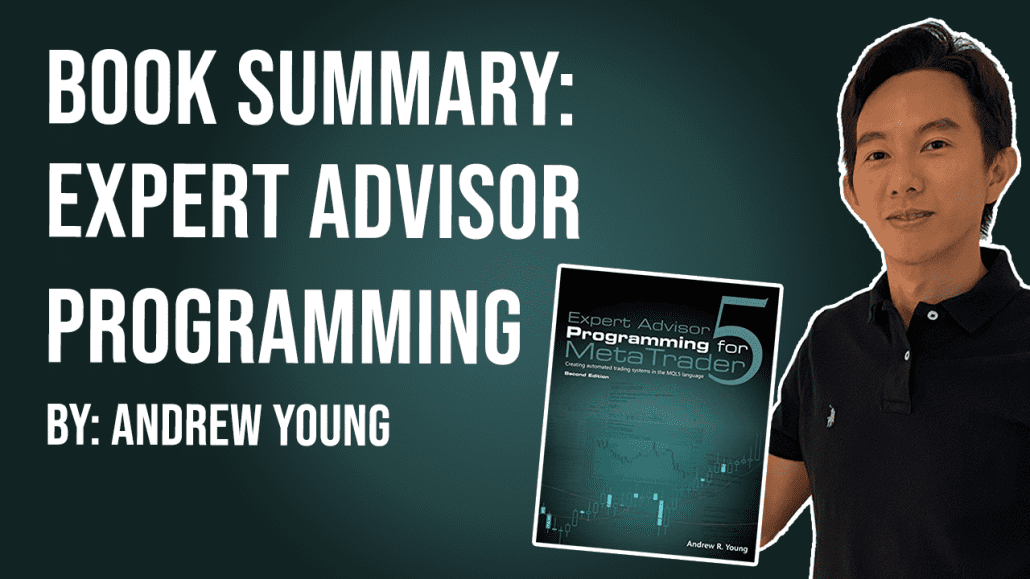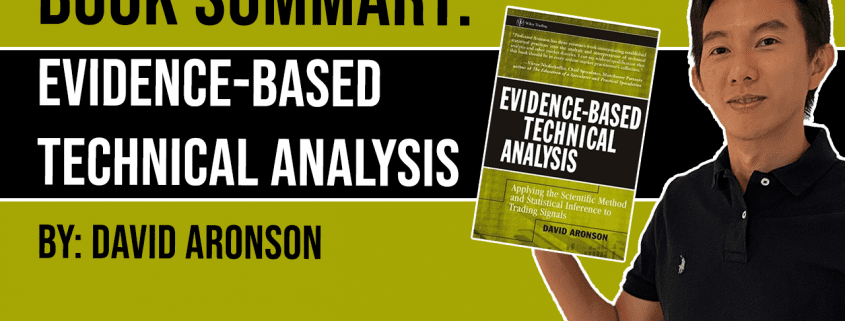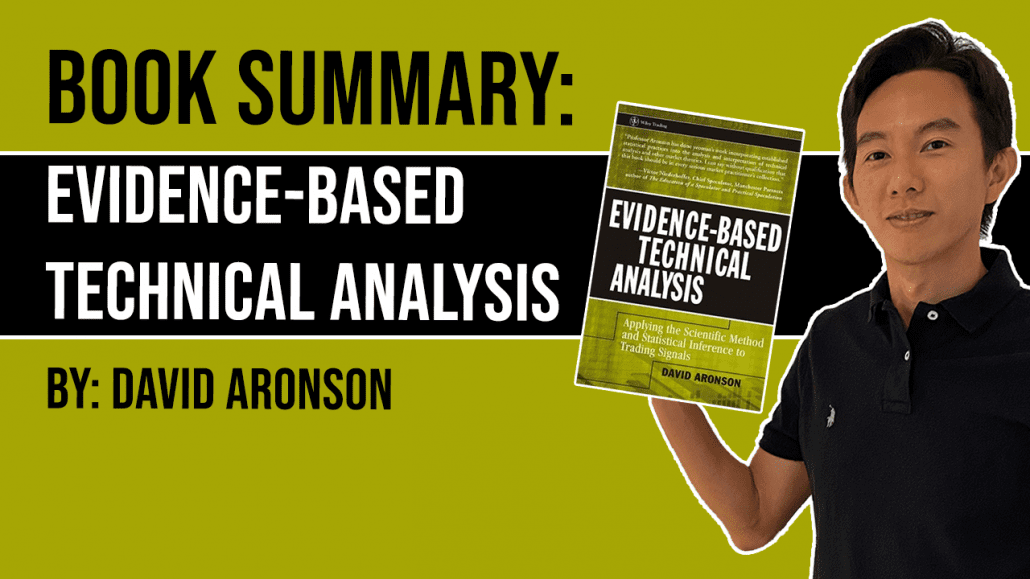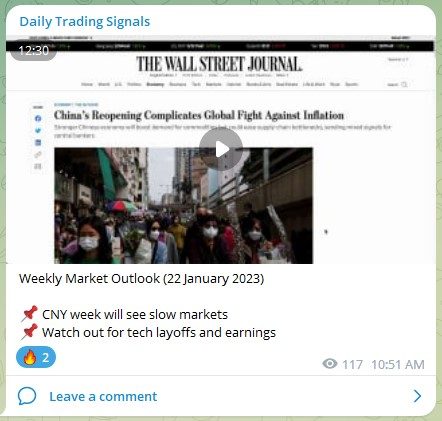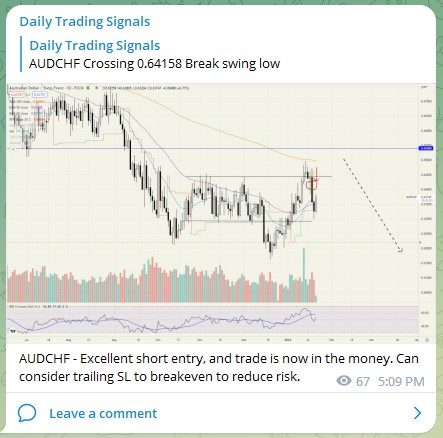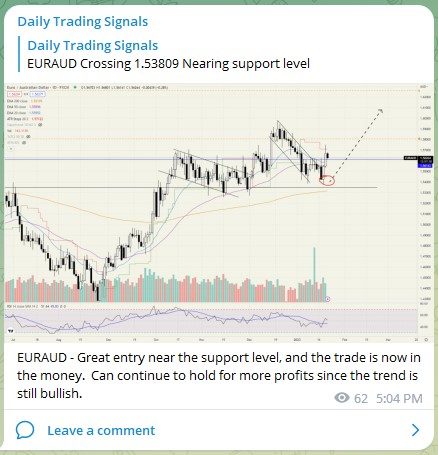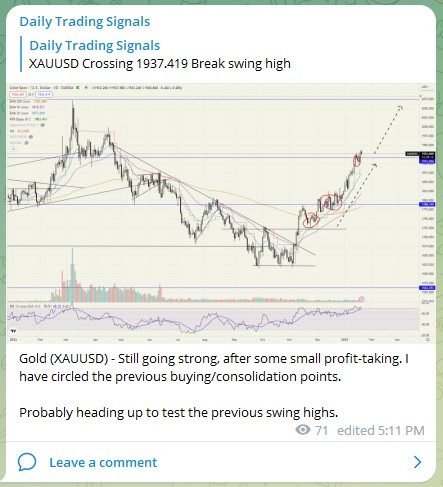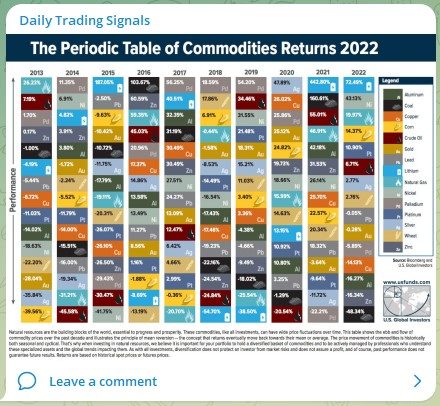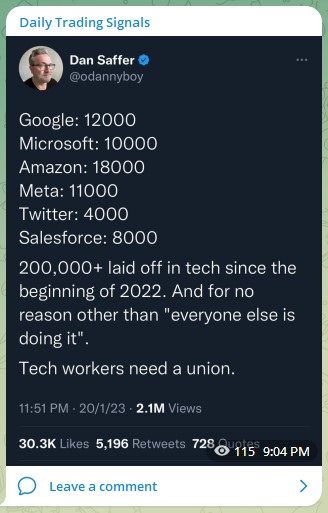“Expert Advisor Programming” is a comprehensive guide to creating automated trading systems for the MetaTrader 4 platform.
Written by Andrew Young, a seasoned programmer and trader, the book provides a step-by-step guide to creating profitable and reliable expert advisors.
Whether you’re a novice trader or a seasoned professional, this book will give you the tools you need to take your trading to the next level.
In this blog post, I will share all about this book and the author, key ideas from the book, and how you can apply it to your own trading & investing journey.
Table of Contents
About the Author
Andrew Young is a professional trader and programmer with over a decade of experience in the financial markets.
He has a background in computer science and has worked as a software developer for several large corporations.
He has also been involved in the development of trading strategies and automated trading systems for various financial institutions.
He is the author of several books on trading and programming, and is a regular speaker at trading and programming conferences.
What is the Book About?
The book is divided into three parts. The first part covers the basics of the MetaTrader 4 platform, including the MQL4 programming language and the MetaEditor development environment.
The second part is focused on the development of expert advisors, providing a detailed explanation of the process, including how to create and test a strategy, how to optimize parameters, and how to implement risk management.
The third part provides tips and tricks for debugging and troubleshooting expert advisors, as well as strategies for backtesting and forward testing.
The main message of the book is that expert advisor programming is a powerful tool for traders, but it requires a solid understanding of the markets and the programming language.
10 Key Ideas from the Book
- Understanding the MetaTrader 4 platform and the MQL4 programming language is essential for developing expert advisors.
- Developing a profitable trading strategy is the first step in creating an expert advisor.
- Optimization should be done with caution, as overfitting can lead to poor performance.
- Risk management is an important aspect of expert advisor development and should be integrated into the system.
- Backtesting and forward testing are crucial for evaluating the performance of an expert advisor.
- Debugging and troubleshooting expert advisors can be a time-consuming process, but it is necessary to ensure that the system is working correctly.
- The use of functions and libraries can improve the efficiency and maintainability of expert advisors.
- The use of external data sources can enhance the performance of expert advisors.
- The use of custom indicators can improve the signals generated by expert advisors.
- The use of optimization and neural networks can improve the performance of expert advisors.
10 Ways to Apply the Teachings
- Develop a profitable trading strategy by analyzing the markets and identifying patterns and trends.
- Optimize the parameters of the strategy by testing different combinations and selecting the best one.
- Implement risk management measures such as stop loss and take profit to protect the system from large losses.
- Use backtesting and forward testing to evaluate the performance of the expert advisor and identify potential issues.
- Use debugging and troubleshooting techniques to fix any errors or issues that arise during the development process.
- Use functions and libraries to improve the efficiency and maintainability of the expert advisor.
- Use external data sources to enhance the performance of the expert advisor.
- Use custom indicators to improve the signals generated by the expert advisor.
- Use optimization and neural networks to improve the performance of the expert advisor.
- Continuously monitor the performance of the expert advisor and make adjustments as necessary.
Other Important Points from the Book
- The book is focused on the MetaTrader 4 platform, but the concepts and methods can be applied to other trading platforms as well.
- The book is geared towards traders and programmers who have a basic understanding of trading and programming, but it can also be useful for beginners with the willingness to learn.
- The book primarily covers the development of expert advisors for forex trading, but the concepts and methods can also be applied to other financial markets.
- The book does not cover the use of Machine learning or AI in developing expert advisors.
Concluding Thoughts
Overall, “Expert Advisor Programming” is a comprehensive guide for traders and programmers looking to create automated trading systems for the MetaTrader 4 platform.
The book provides a step-by-step guide to creating profitable and reliable expert advisors and covers the important aspects of development such as strategy creation, optimization, risk management, and debugging. It provides a clear understanding of how to create and use expert advisors, and it can help traders to automate their trading process.
The book is suitable for traders and programmers who have a basic understanding of trading and programming, but it can also be useful for beginners with the willingness to learn.
I would recommend this book to traders who are looking to take their trading to the next level, and to programmers who want to learn how to create profitable and reliable expert advisors.
Now that I have covered all the key learning points of this book, would you consider adding it to your reading list?
For those who have already read it, what are some of your key learning points?
Let me know in the comments below!

If you would like to find more book summaries and recommendations, also check out: “Best Investing & Trading Books of All Time”


